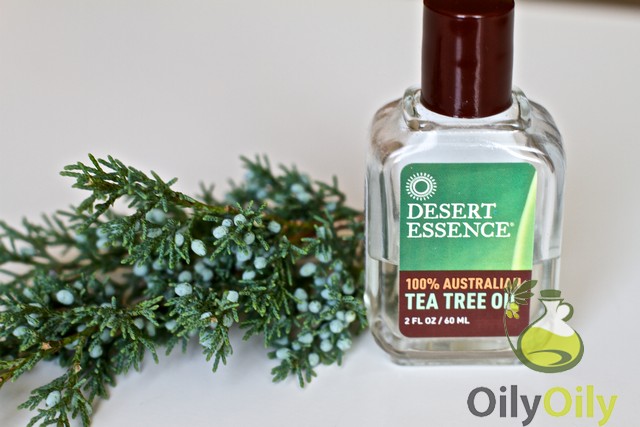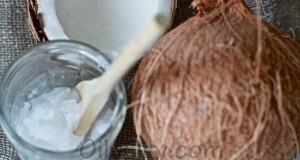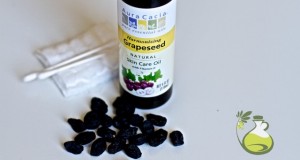
A lot of prescribed shampoos, creams and lotions are available to treat tinea versicolor. Many people use tea tree oil for tinea versicolor as an alternative method of treatment. Tinea versicolor is a skin fungus that affects primarily young adults and teenagers. The disorder is characterized by the small oval pink, light brown or white patches. Tinea versicolor is proven to be more active during humid and warm weather. The fungi block pigments of the skin from the sun rays and tinea versicolor becomes more visible.
SEE ALSO: One More Benefit of Tea Tree Oil – Acne Treatment
What causes tinea versicolor?
The majority of tinea versicolor cases are caused by the fungus called Malassezia globosa and sometimes the disorder is caused by Malassezia furfur, another type of the fungi. Usually these fungi live on human skin and do not lead to any problem. However, there are factors that can promote their overgrowth. Hot and humid weather, oily skin and excessive sweating are among them.
QUESTION ANSWERED: Are Palm Oil Products Safe?
How can tea tree oil help for tinea versicolor?
Tea tree oil is one of the most effective natural treatments for tinea versicolor. It is proven that tea tree oil possesses strong antifungal properties. People use tea tree oil for athlete’s foot treatment and curing many other fungal diseases. Moreover, it dries the excess oil from the skin. You may apply tea tree oil to the patches and to the external skin area around them. For this:
- Soak a cotton ball in the oil.
- Put on the affected area. Stick with a medical tape.
- Leave for an hour so that the oil can penetrate deeper. Remove the tape.
Wikipedia suggests topical application of tea tree oil to prevent the recurrence of the fungus. Undiluted tea tree oil may irritate the skin, so it is possible to dilute it with carrier oil to make a 50% or 25% tea tree oil mixture. Try usual olive oil with a bulk of benefits for skin or rare argan oil (find out more what is argan oil).
Alongside with this natural remedy, do not forget to see a physician to control the skin condition. He/she will help you diagnose the disorder and make up a treatment plan.
 Oilypedia.com – Benefits And Uses Of Supplemental and Essential Oils
Oilypedia.com – Benefits And Uses Of Supplemental and Essential Oils 


